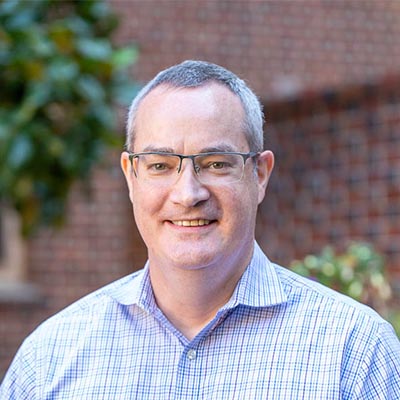A Spectral flow cytometer for high-parameter analysis

Abstract
A cure for HIV is currently impeded by the persistence of a latent reservoir of functional HIV proviruses integrated within a small fraction of resting memory CD4 T cells. Because of the emergence of drug resistance, the potential long-term toxicity of current antiretroviral therapy (ART), and growing uncertainty about the overall sustainability of global ART programs, a safe and scalable means of inducing long-term HIV remission in the absence of ART—a functional cure—is a high priority. In recent years, different HIV cure strategies have been proposed and studied. The most extensively tested approach, “shock-and-kill”, re-activates dormant proviruses with latency reversing agents (LRAs) and relies on either a viral cytopathic effect or immune cell-mediated clearance to eliminate the reactivated reservoir cells. A plethora of LRAs has been tested, but unfortunately none of these agents has substantially reduced the size of the latent reservoir in vivo. This study aims to develop next-generation LRA combinations that will induce sufficient expression of HIV Env protein for the reactivated reservoir cells to be detected and eliminated by a highly-adaptable CAR-T platform (convertible CAR-T), and assess this killing platform’s ability to reduce the reservoir size in vivo. Specific Aim 1: Identify new combinations of LRAs that induce high-level Env expression but do not compromise killing by convertible CAR-T cells. Second-generation LRAs including SMAC mimetics, FOXO1 inhibitors, and glycogen synthase kinase-3 inhibitors (mTOR activator) exhibiting greatly reduced toxicity and increased latency reversing activity will be tested in different combinations to achieve additive or even synergistic effects, without compromising killing by CAR-T cells. Testing will occur in cell lines, primary cells and in vivo in a mouse model of latency. Specific Aim 2: Assess the impact on the latent HIV reservoir of various regimens of LRA and convertible CAR-T treatments in in vivo mouse models. Repeated administrations of non-toxic LRAs, combined with targeted cytokine-mediated rejuvenation of convertible CAR-T cells, will be tested in vivo for latency reactivation and reduction in reservoir size in two humanized mouse models.